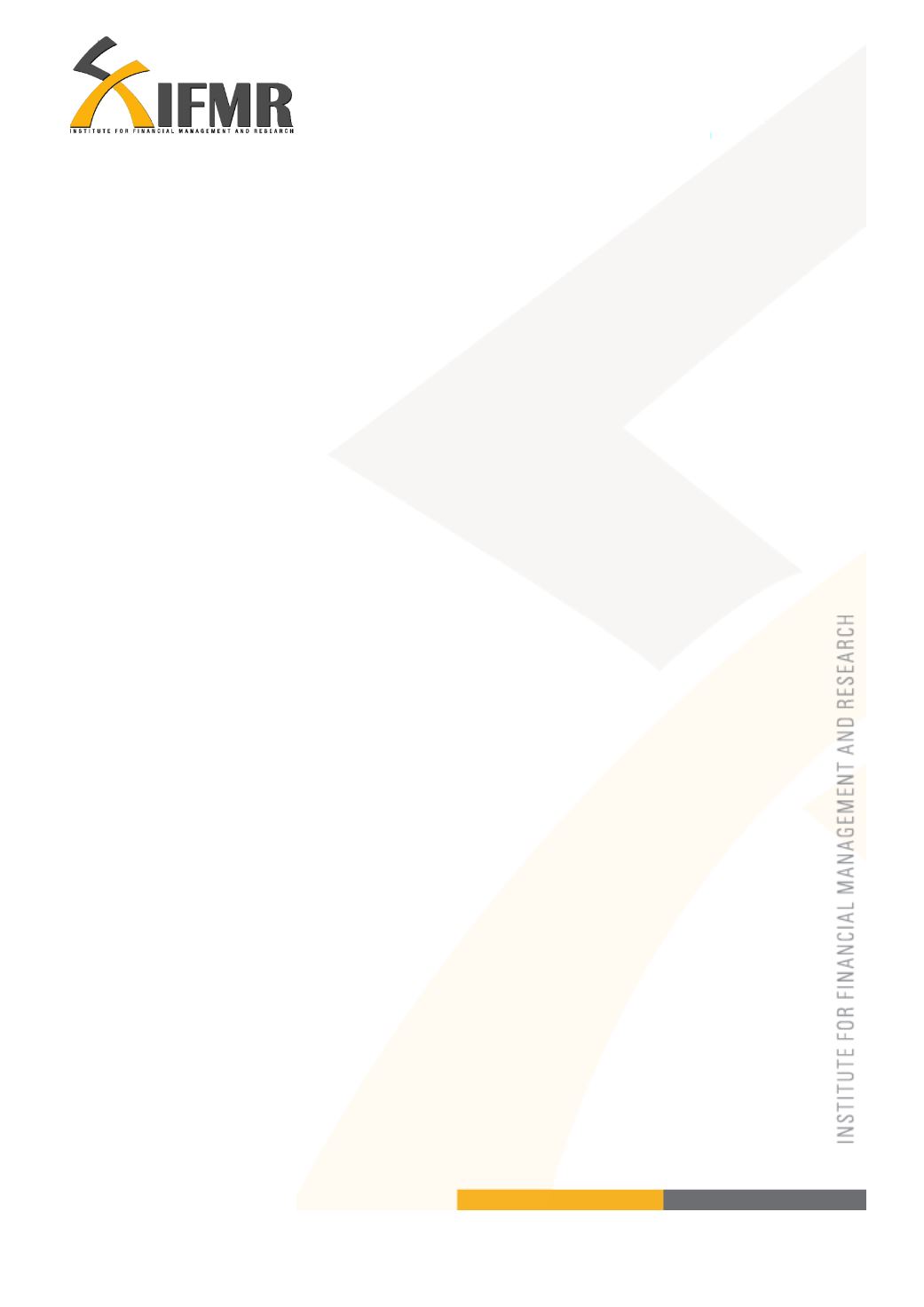
6
these internal loans/savings was towards meeting household expenditure, educational
purposes and purchase of gold.
Fourth, in both the states, the ‘dream goals’ for which SHG members save are children’s
education, marriage and household expenditure. Plans to meet these goals vary across
multiple groups. The high-saving quintile of SHG members plan to tap their savings for
these purposes. The low-savings quintile, however, plan to depend on mortgage to meet
these expenses. However the concept of ‘dream goals’ was a non-starter in several SHG
groups.
Fifth, in Tamil Nadu, voluntary savings in SHGs is not symbolic but purpose driven. An
indicator of this is the observation on the mandated savings in SHGs that have more than
doubled in the last 4 to 7 years. While the initial savings were around Rs. 125/month it
now stands at close to Rs. 293/month. In contrast, Karnataka has not shown any
significant increase in the mandated savings amount. A key reason for this difference
could be the higher expenditure in the Tamil Nadu households in comparison to
Karnataka.
Sixth, beyond SHGs, insurance policies and bank fixed deposits appear to be the most
popular vehicles for savings. For example, more than 50% of the SHG members have
Life Insurance Corporation (LIC) policies and more than 30% have bank accounts. The
LIC policy was used as an instrument of savings rather than insurance.
Seventh, though savings happen in products mentioned in the previous point there is in
general a list of constraints that respondents point out act as barriers for saving in other
products; distance to bank, lack of time, inflexible products and lack of awareness of


